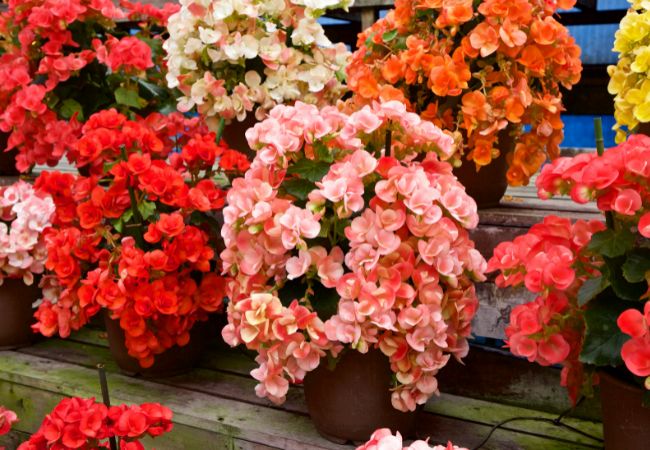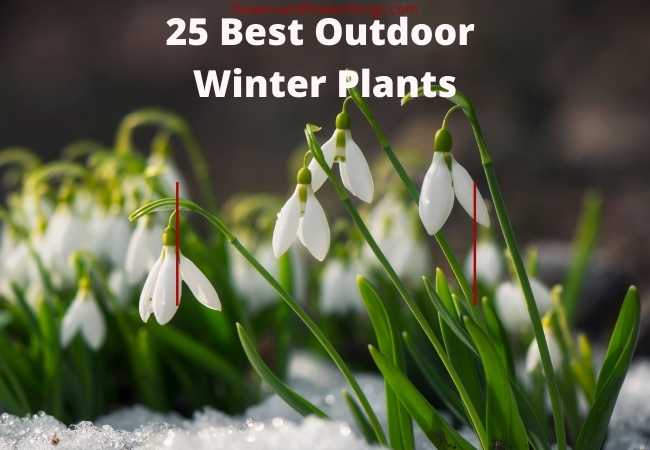These are the best native plants for Midwest gardens and yards. Choosing the right plants is key to creating a beautiful, sustainable, and low-maintenance garden. Native plants offer numerous advantages for homeowners in the Midwest.
Top Native Plants for Midwest Gardens
Native plants are naturally adapted to the region’s climate, which includes cold winters, hot summers, and variable rainfall.
Native plants require less water and fertilizers, making them an eco-friendly choice while also supporting local wildlife, including pollinators like bees and butterflies.
Below is my list of 15 native plants that thrive in Midwest gardens and yards, divided into three categories: wildflowers and perennials, shrubs and small trees, and grasses and ground covers.
Wildflowers & Perennials
1. Purple Coneflower
One of the most iconic native plants, the purple coneflower is a staple in Midwest gardens. Its bright pinkish-purple petals and raised orange-brown center attract bees, butterflies, and other pollinators.
Purple coneflowers are drought-tolerant and bloom from mid-summer to early fall. They thrive in full sun and well-drained soil, making them perfect for flower beds or prairie-style gardens.
2. Black-Eyed Susan
Black-eyed Susans are another hardy and vibrant wildflower that adds a splash of yellow to gardens. These daisy-like flowers bloom throughout summer and into early fall.
They are resistant to drought and pests and can adapt to various soil types. Their nectar attracts butterflies, and their seed heads provide food for birds in the fall and winter.
3. Butterfly Weed
This striking orange-flowered perennial is a must-have for butterfly gardens. As a species of milkweed, it serves as a host plant for monarch butterflies, providing essential nourishment for caterpillars.
Butterfly weed thrives in dry, well-drained soil and full sun, making it an excellent choice for low-maintenance landscapes.
4. Wild Bergamot
Known for its fragrant lavender blooms, wild bergamot is a favorite among bees, butterflies, and hummingbirds.
It has a long bloom time from midsummer to early fall and is resistant to common garden pests. This plant does well in a variety of soil types and can tolerate drought conditions once established.
5. Columbine
With delicate red and yellow flowers, columbine is a shade-tolerant perennial that adds elegance to woodland gardens.
Blooming in early spring, it provides an important nectar source for hummingbirds and early pollinators.
Columbine thrives in moist, well-drained soil and can naturalize easily in garden settings. Complete columbine growing and care guide
Shrubs & Small Trees
6. Serviceberry
A multi-seasonal shrub or small tree, serviceberry produces beautiful white flowers in early spring, followed by edible berries that birds love.
In the fall, its foliage turns vibrant shades of orange and red. Serviceberry is an excellent choice for homeowners looking to support local wildlife while adding visual interest to their landscape.
7. American Hazelnut
This native shrub produces edible nuts that are favored by both wildlife and humans. It grows well in a variety of conditions, from full sun to partial shade.
In addition to its practical benefits, American hazelnut has attractive fall foliage and can be used as a natural privacy screen.
8. Red Twig Dogwood
This deciduous shrub is known for its striking red stems, which provide winter interest in the landscape.
Red twig dogwood produces clusters of small white flowers in spring, followed by berries that attract birds.
It grows well in moist soils and can be used for erosion control along streams or slopes.
9. Eastern Redbud
The Eastern Redbud is a small tree that dazzles in early spring with its bright pink-purple flowers. Its heart-shaped leaves add further charm throughout the growing season.
This tree prefers well-drained soil and partial to full sun, making it a great choice for residential landscapes.
10. New Jersey Tea
A low-growing shrub, New Jersey tea is a pollinator magnet, attracting butterflies and bees with its small white flower clusters.
It is drought-tolerant and well-suited for dry, sandy soils. Historically, its leaves were used as a substitute for tea during the American Revolution.
Grasses & Ground Covers
11. Little Bluestem
A native ornamental grass, little bluestem is valued for its beautiful blue-green foliage that turns copper-orange in the fall.
This drought-tolerant grass provides habitat and food for birds and insects. It thrives in dry, well-drained soils and is an excellent addition to prairie gardens.
12. Prairie Dropseed
This fine-textured grass adds elegance to any landscape with its arching growth habit and golden fall color.
Prairie dropseed has a pleasant fragrance reminiscent of coriander or popcorn. It is highly drought-tolerant and works well in borders, meadows, or as a ground cover.
13. Wild Ginger
Ideal for shaded areas, wild ginger forms a dense ground cover with its heart-shaped leaves.
While its small maroon flowers are often hidden beneath the foliage, they attract early spring pollinators. Wild ginger prefers moist, rich soils and is a great alternative to invasive ground covers.
14. Pennsylvania Sedge
A low-growing native sedge, Pennsylvania sedge is an excellent lawn alternative for shaded gardens.
It thrives in dry to moderately moist soils and requires little maintenance. Its fine, arching foliage remains green throughout the growing season, making it a visually appealing ground cover.
15. Foxglove Beardtongue
This adaptable perennial features white, bell-shaped flowers that attract bees and hummingbirds.
Foxglove beardtongue is tolerant of a range of soil conditions, from dry to moist, and thrives in full sun to partial shade.
Its upright growth and early-summer blooms make it a standout in any garden.
Frequently Asked Questions (FAQ)
Why should I plant native species instead of non-native plants?
Native plants are better adapted to the local climate, require less water and maintenance, and provide essential support for local wildlife, including pollinators and birds.
Where can I buy native plants for my Midwest garden?
Many local nurseries specialize in native plants. You can also check with native plant societies, university extension offices, and conservation organizations for recommendations.
Do native plants require fertilizer?
Most native plants thrive without fertilizers, as they have evolved to grow in local soil conditions. Over-fertilization can actually harm them and promote excessive growth.
Can I use native plants in container gardening?
Yes! Many native plants, especially smaller perennials and grasses, can thrive in containers as long as they receive adequate sunlight and water.
Final Thoughts
Incorporating native plants into your Midwest garden offers numerous benefits, from supporting local ecosystems to reducing maintenance needs.
Whether you’re looking for vibrant flowers, hardy shrubs, or sustainable ground covers, these 15 native species provide beauty and ecological value.
Many local nurseries, native plant societies, and university extension offices offer resources to help gardeners find and cultivate these plants.
By choosing native species, you can create a garden that thrives year-round while benefiting pollinators, birds, and the environment.
If you love growing flowers and keeping houseplants, subscribe to my newsletter to receive the latest posts. I would also appreciate it if you would save the pin below. Thanks!








